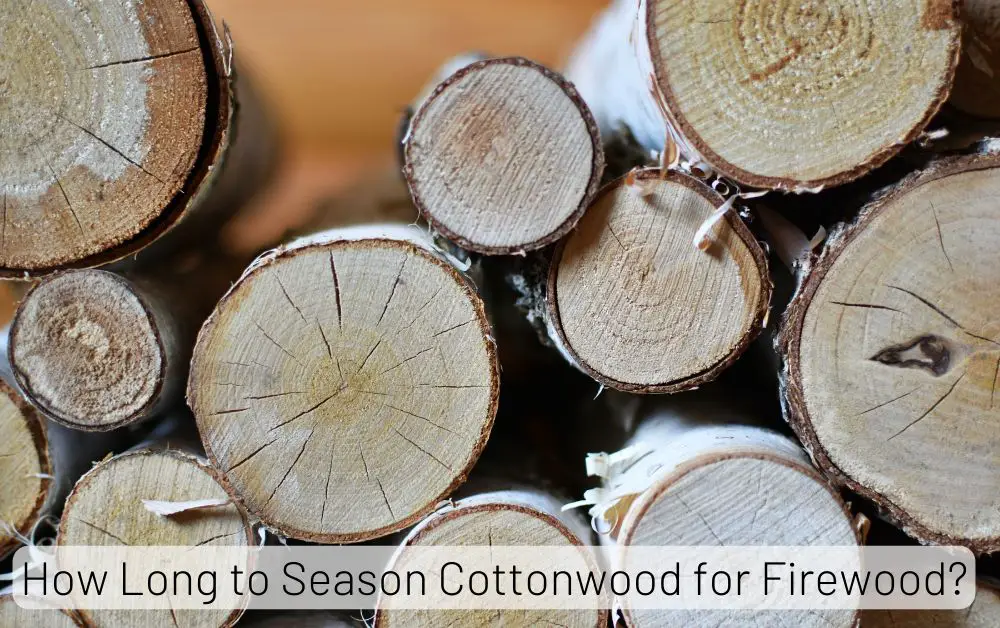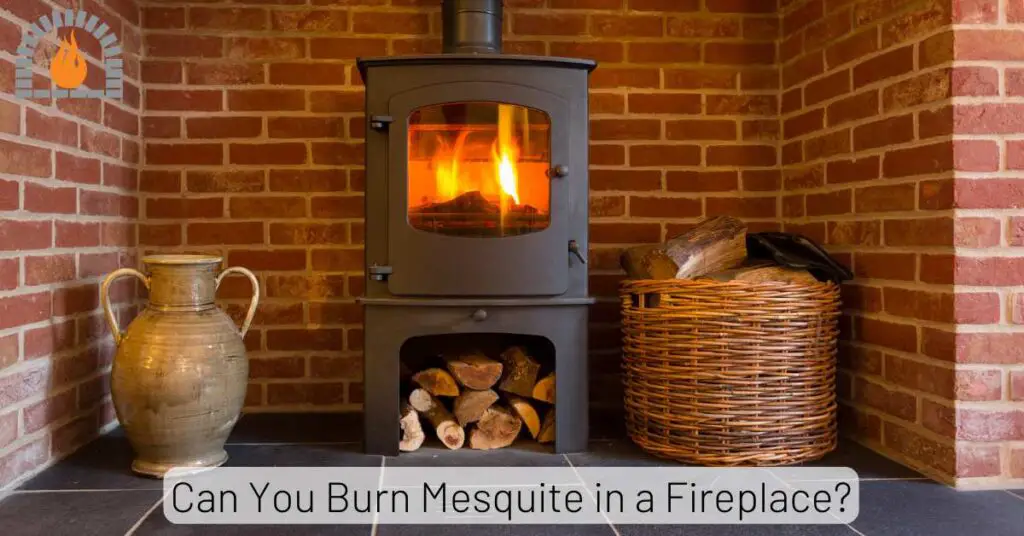When the winter chill sets in, and you’re preparing to cozy up by the fireplace, one crucial question often comes to mind: How much firewood do I need? The answer is more nuanced than one might think, taking into account factors like the type of wood, the size of your space, and the duration of the cold season.
Whether you’re a seasoned fireplace enthusiast or a first-time user, understanding the factors determining the quantity of firewood required is essential for a warm and enjoyable experience.
How Much Firewood Do I Need?
A standard cord of firewood is often considered to provide about 24-36 hours of burn time. If your daily burn rate is 12 hours a day, then you need:
-
Daily Usage: Approximately half a cord of firewood per day.
-
Weekly Usage: 3.5 cords per week.
-
Monthly Usage: Around 15 cords per month.
-
Yearly Usage: Approximately 182.5 cords per year.
| Burn Duration | Soft Firewood (Cords) | Hard Firewood (Cords) |
|---|---|---|
| 8 hours/day | 0.33 cords/day | 0.25 cords/day |
| 10 hours/day | 0.42 cords/day | 0.31 cords/day |
| 12 hours/day | 0.50 cords/day | 0.38 cords/day |
| Weekly | 2.31 cords/week | 1.75 cords/week |
| Monthly | 9.92 cords/month | 7.50 cords/month |
| Yearly | 119.80 cords/year | 91.25 cords/year |
How Much Firewood Do I Need For Winter?
Let’s consider the 12 hours/day burn duration:
- Monthly usage for hard firewood: 9.92 cords/month
- Monthly usage for soft firewood: 7.50 cords/month
If you plan to use your wood-burning appliance for three months during winter, you would need:
- Hard firewood: 9.92 cords/month×3 months=29.76 cords9.92cords/month×3months=29.76cords
- Soft firewood: 7.50 cords/month×3 months=22.50 cords7.50cords/month×3months=22.50cords
Based on a 12 hours/day burn rate for three winter months, you would need approximately 29.76 cords of hard firewood and 22.50 cords of soft firewood.
How Much Firewood Do I Need Camping?
Let’s consider a camping trip of 3 days:
- Burn Duration: If you plan to have a fire for, let’s say, 6 hours each day.
- Daily Usage: Using the data from the table for 6 hours/day burn duration:
- Hard firewood: 0.25 cords/day0.25cords/day
- Soft firewood: 0.19 cords/day0.19cords/day
- Trip Usage: Multiply the daily usage by the number of days:
- Hard firewood: 0.25 cords/day×3 days=0.75 cords0.25cords/day×3days=0.75cords
- Soft firewood: 0.19 cords/day×3 days=0.57 cords0.19cords/day×3days=0.57cords
For a 3-day camping trip with a 6-hour burn each day, you would need approximately 0.75 cords of hard firewood or 0.57 cords of soft firewood.
How Much Firewood Do I Need For One Night Fireplace?
Let’s assume a common scenario of using the fireplace for 4 hours for the evening.
- Hard firewood: 0.17 cords/hour×4 hours=0.68 cords0.17cords/hour×4hours=0.68cords
- Soft firewood: 0.13 cords/hour×4 hours=0.52 cords0.13cords/hour×4hours=0.52cords
For a one-night fireplace use of 4 hours, you would need approximately 0.68 cords of hard firewood or 0.52 cords of soft firewood.
Factors Influencing the Firewood Burn Rate
Various factors influence the burn rate of firewood, and understanding these factors can help optimize the efficiency of a wood-burning system.
Here are some key factors that influence the burn rate of firewood:
Moisture Content:
Moisture content is one of the most significant factors affecting burn rate. Wet or green wood contains a high percentage of water, which must be evaporated before the wood can combust.
This process consumes a significant amount of energy, reducing the overall efficiency of the burning process.
Wood Species
Different types of wood have varying energy content and burn characteristics. Hardwoods like oak and maple tend to burn more slowly and produce more heat than softwoods, such as pine or spruce.
The density and chemical composition of the wood affects its burn rate.
Wood Size and Density
The size and density of the firewood pieces also impact the burn rate. Smaller, well-seasoned pieces of wood with higher density will burn more efficiently than larger or less dense pieces.
Properly splitting and stacking wood can help it dry more effectively.
Airflow
Proper airflow is essential for efficient combustion.
A well-ventilated fire allows for more complete burning of the wood. Controlling the damper or air intake on a wood-burning stove or fireplace can influence the burn rate.
Stove or Fireplace Design
The design of the stove or fireplace can affect how efficiently it burns wood.
Modern, well-designed stoves often have features such as secondary combustion chambers that promote more complete combustion and higher burn rates.
Burn Environment
The environment in which the wood is burned also plays a role. A clean and well-maintained stove or fireplace is likely to burn wood more efficiently than a dirty or poorly maintained one.
A properly insulated room can also help maintain a more stable burn.
Weather Conditions
External weather conditions can impact the burn rate, especially for outdoor fires.
Windy conditions may increase airflow, affecting combustion, while very cold or very hot weather can also influence how efficiently wood burns.
Altitude
The altitude at which you are burning wood can influence the oxygen levels available for combustion.
Wood may burn more slowly at higher altitudes, where oxygen levels are lower.
Wood Storage and Seasoning
Properly storing and seasoning firewood is crucial. Wood should be allowed to dry or “season” for an extended period before use. Seasoned wood burns more efficiently than green or wet wood.
Choosing the Right Wood Type
Not all firewood is created equal. The type of wood you choose can significantly impact the warmth and longevity of your fire.
Hardwoods like oak and hickory burn slower and produce more heat than softer woods like pine or cedar. Understanding the characteristics of different wood types ensures optimal burning efficiency.
Budget-Friendly Firewood Options
The availability and cost of firewood can vary by region, so it’s important to consider local options. Here are some general categories of firewood that are often considered budget-friendly, but keep in mind that prices can still vary depending on your location and supplier:
-
Softwoods: Softwoods like pine, fir, and spruce are often more affordable than hardwoods. They tend to ignite quickly but may burn faster than hardwoods, so you might need more volume.
-
Fruit Trees: Fruit tree wood, such as apple or cherry, can sometimes be more affordable than traditional hardwoods. These woods can provide a pleasant aroma when burned.
-
Poplar: Poplar is a relatively soft hardwood and is often more budget-friendly than hardwoods like oak or maple. It burns well but may not produce as much heat or burn as long.
-
Cottonwood: Cottonwood is a soft hardwood that can be more economical. It burns quickly, making it suitable for kindling or combining with other woods for longer-lasting fires.
-
Locally Sourced Wood: Wood sourced locally and readily available in your area can be more affordable due to reduced transportation costs.
-
Utility Wood: Some suppliers offer utility wood or wood from tree trimming services at a lower cost. This wood may not be as uniform or well-seasoned as traditional firewood, but it can be cost-effective.
-
Mixed Species Loads: Consider purchasing mixed loads that include a variety of wood species. This can be an economical way to mix hardwoods and softwoods, balancing burn time and heat output.
-
Unsplit Wood: Purchasing unsplit wood can be more cost-effective than pre-split wood. You’ll need to invest some effort in splitting the wood, but it can be a money-saving option.
Final Thoughts: How Much Firewood Do I Need?
In conclusion, determining the right amount of firewood involves carefully considering various factors. By understanding your fireplace, choosing the right wood type, calculating BTUs, seasoning firewood, factoring in outdoor temperatures, addressing storage needs, and estimating usage, you’ll be well-equipped to enjoy a warm and cosy winter season.
Embrace these insights, make informed decisions, and let the crackling fire become the heart of your home during the colder months.
Remember, the key to a perfect fire lies in the quantity of firewood and the careful consideration of each element in the process. Stay warm and enjoy the comfort of a well-tended fireplace!
Affiliate Disclosure: Fireplaceadviser.com is a participant in the Amazon Services LLC Associates Program. We may earn a commission when you click on certain links on this site and purchase.

Hello!! I am Jamal Khan. I often fix my home electric heaters and gas stove problems and research the common issues in the heating units to improve my knowledge and expertise. The aim of establishing fireplaceadviser.com is to share my expertise and knowledge with my audience.


















